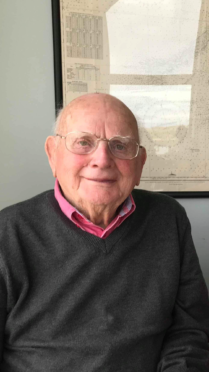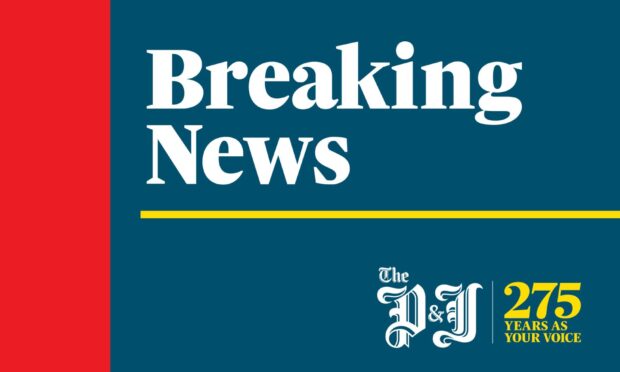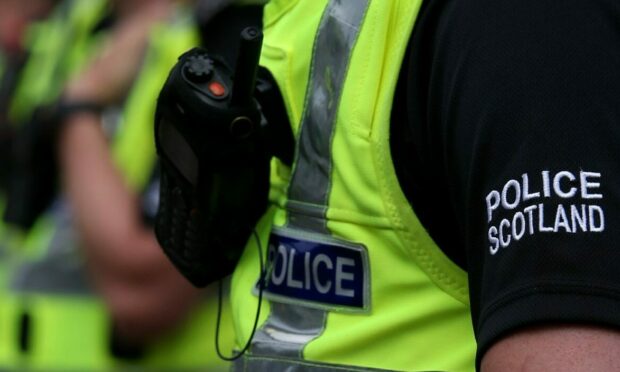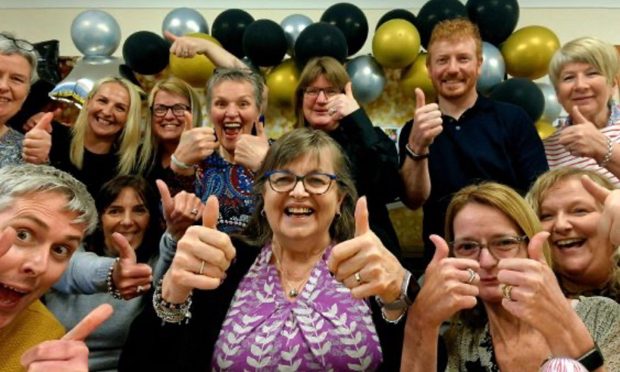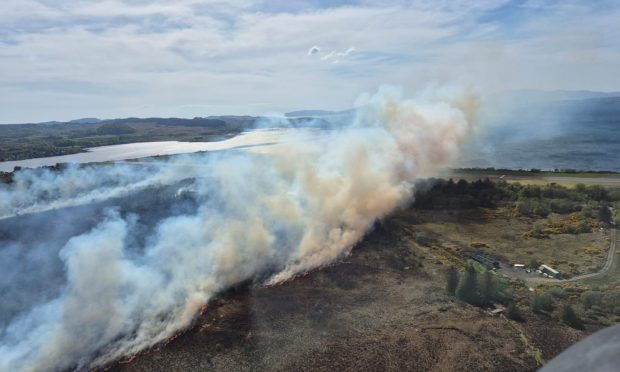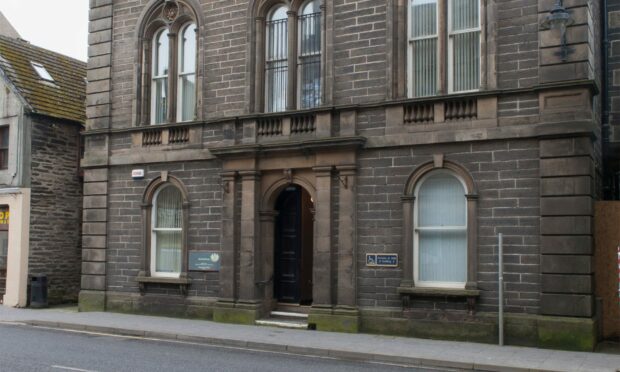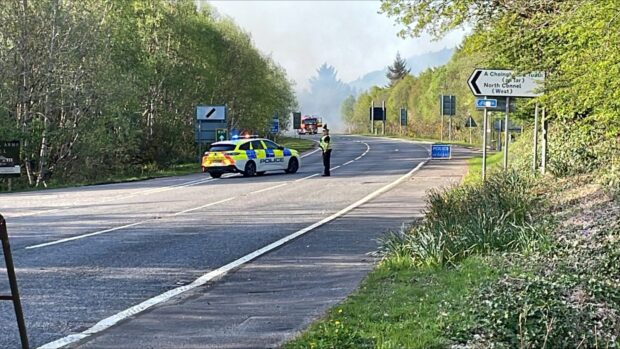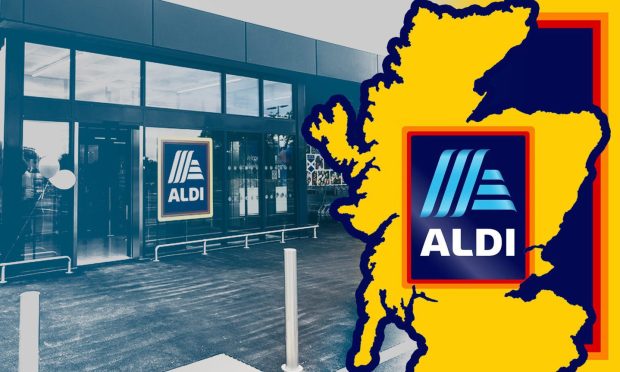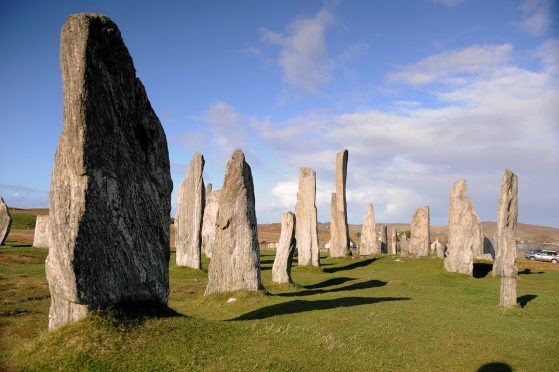Tom Bryers, a renowned civil engineer, has died at the age of 93.
In a career spanning five decades, the Lanarkshire man who made the Highlands his home, designed and built some of the most iconic structures of the region including the Ballachulish and Bonar bridges.
During his lengthy career, Mr Bryers worked on major civil engineering projects that helped define the Highlands.
Born in Waterloo, Lanarkshire, on July 22 1926 Mr Bryers was the second of four children. After leaving school, he started an apprenticeship with a machine manufacturer, but was called into action in the Second World War in 1944.
He joined the Seaforth Highlanders, doing his initial training at Pinefield Camp, Elgin and was commissioned in 1946, transferring to 1st Battalion, The Royal Scots.
Mr Bryers was posted to Singapore, where he was in charge of the mortar platoon. He later went to the Indian Military Academy at Dehradun, and subsequently to Malaya, then travelled to India during the partition of 1947.
After the war, he gained a BSc Civil Engineering at the Royal Technical College in Glasgow. His early professional career saw him work in positions of significant responsibility, such as at the Daer Reservoir, Elvanfoot, Lanarkshire from 1950 to 1952.
In 1955, he married Olive and their first child was born in 1956.
Two years later, he worked with R J McLeod Ltd as senior engineer on the Loch Shin Hydro-Electric scheme, near Lairg.
Following completion of that job, the family moved to Culloden, and Tom joined forces with Sir William Halcrow and Partners, consulting engineers, on the Glenmoriston Hydro scheme.
His projects were varied, but included many roads and bridges, such as those at Helmsdale, Bonar Bridge and Ballachulish, the original A9 dualling and the dry dock at Kishorn. He was particularly proud of his firm’s island pier works, including those at Colonsay and his beloved Coll.
The family moved to Lochalsh Road, Inverness, in 1961 but in 1964, built a house in Balloch, where they developed a wonderful garden, specialising in alpine plants.
The couple had a wide circle of friends and always made time to give practical help to those less fortunate than themselves.
His death was a great shock to family and friends, though there was some consolation that in his last week he enjoyed a trip to Coll.
He was a very loving husband and father and is sorely missed by all. He is survived by his wife Olive, daughter Margaret, sons Keith, Paul and Niall and grandchildren, Eilidh, Orrin, Nicholas, Kirsten, Amy and Holly.
